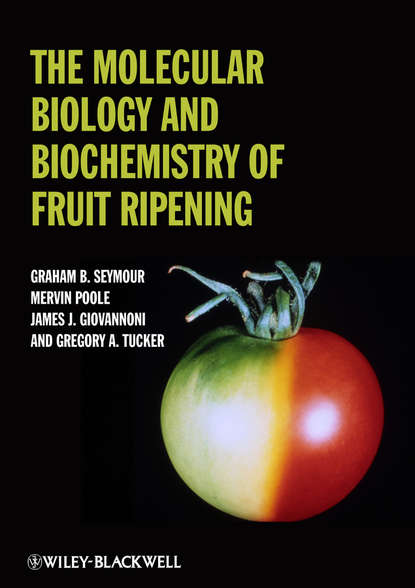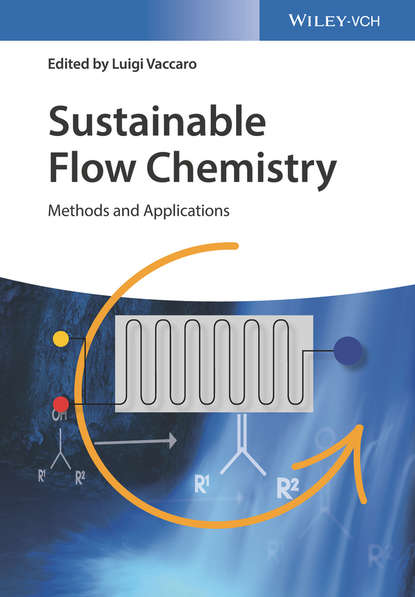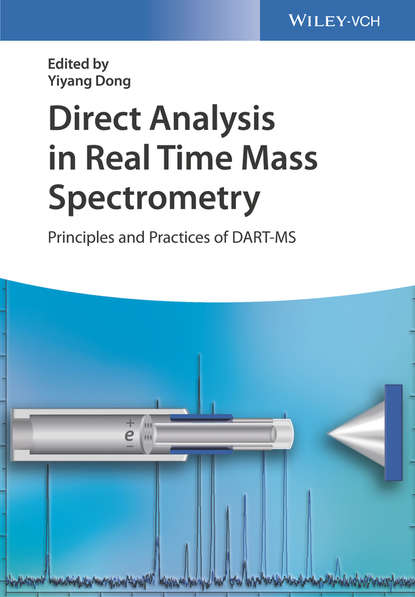Всеобъемлющий и механистический взгляд на созревание фруктов, подчеркивающий общее и различия между группами фруктов и процессами созревания. Фрукты - неотъемлемая часть человеческой диеты, содержащая важные фитохимические вещества, обеспечивающие защиту от сердечно-сосудистых заболеваний и рака. Созревание фруктов имеет важное значение для здоровья человека и для отраслевых стратегий по использованию естественного разнообразия или генетической модификации для улучшения культур. Эта книга охватывает последние достижения в области геномики растений и то, как эти открытия могут быть использованы для понимания эволюционных процессов и сложной сети гормонального и генетического контроля созревания. В книге объясняются физико-химические и молекулярные изменения в плодах, влияющие на их качество, а также последние разработки в понимании генетических, молекулярных и биохимических основ цвета, вкуса и текстуры. Это ценный ресурс для исследователей и специалистов в области растениеводства и сельскохозяйственных культур, инженеров-аграриев, садоводов и пищевых ученых.
Краткое содержание: Рассматриваются физико-химические и молекулярные изменения в плодах, влияющие на вкус, текстуру и цвет. Освещаются последние достижения в геномике генетических, молекулярных и биохимических основ качества фруктов. Интегрируется информация о гормональном и генетическом контроле созревания. Актуально как для фундаментальных исследователей, так и для прикладных ученых.
Provides a mechanistic overview of fruit ripening with insights into the differences between different ripening groups in fruits and their underlying control mechanisms. Highlights the importance of fruits not only for the improvement of human health through their consumption, but also for industry applications such as breeding or genetic engineering. Provides in-depth coverage of recent research into the underlying genome sequencing studies together with their exploitation in the context of molecular, genetic, and physiological investigations into the process of fruit ripening Explanation of plausible changes in physio-chemical characteristics of fruits, including their impacts on flavour, texture and colour. Integration of knowledge surrounding the hormonal as well as genetic regulation of ripening Through knowledge of genetic and molecular bases behind fruit sensory characteristics, the authority reader will be able to recognize opportunities for variation, improvement and manipulation of existing species for breeding purposes Vital resource for research professionals working with genetics, fruit biochemistry, plant physiology, as well food science, and agricultural engineering.
Электронная Книга «The Molecular Biology and Biochemistry of Fruit Ripening» написана автором Graham Seymour в году.
Минимальный возраст читателя: 0
Язык: Английский
ISBN: 9781118593004
Описание книги от Graham Seymour
A comprehensive and mechanistic perspective on fruit ripening, emphasizing commonalities and differences between fruit groups and ripening processes. Fruits are an essential part of the human diet and contain important phytochemicals that provide protection against heart disease and cancers. Fruit ripening is of importance for human health and for industry-based strategies to harness natural variation, or genetic modification, for crop improvement. This book covers recent advances in the field of plant genomics and how these discoveries can be exploited to understand evolutionary processes and the complex network of hormonal and genetic control of ripening. The book explains the physiochemical and molecular changes in fruit that impact its quality, and recent developments in understanding of the genetic, molecular and biochemical basis for colour, flavour and texture. It is a valuable resource for plant and crop researchers and professionals, agricultural engineers, horticulturists, and food scientists. Summary: Reviews the physiochemical and molecular changes in fruit which impact flavour, texture, and colour Covers recent advances in genomics on the genetic, molecular, and biochemical basis of fruit quality Integrates information on both hormonal and genetic control of ripening Relevant for basic researchers and applied scientists



















